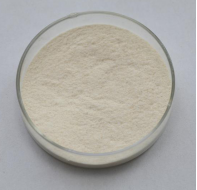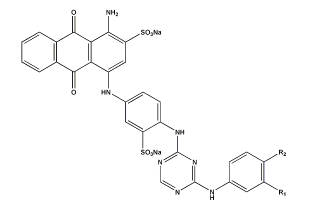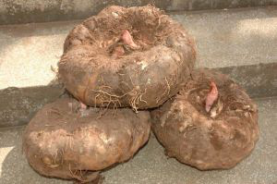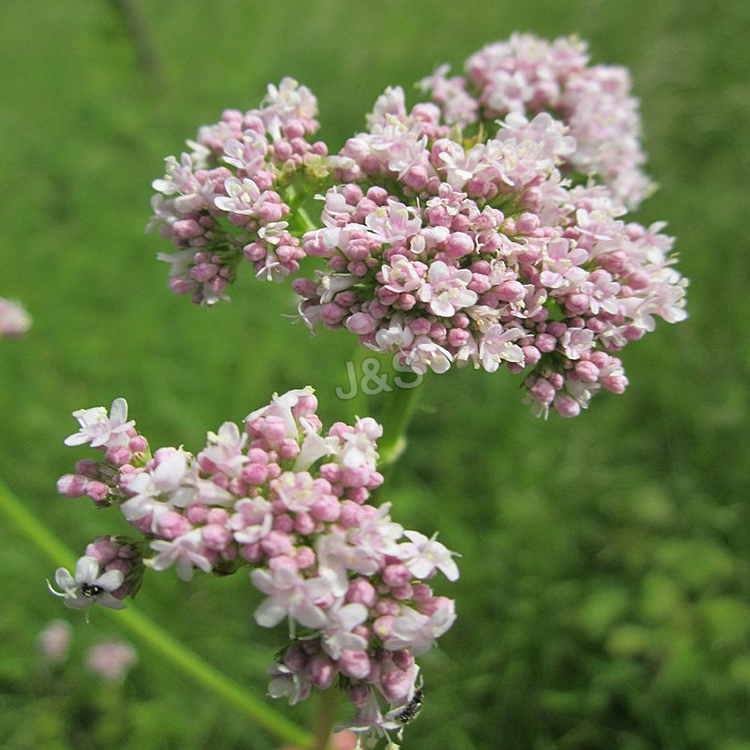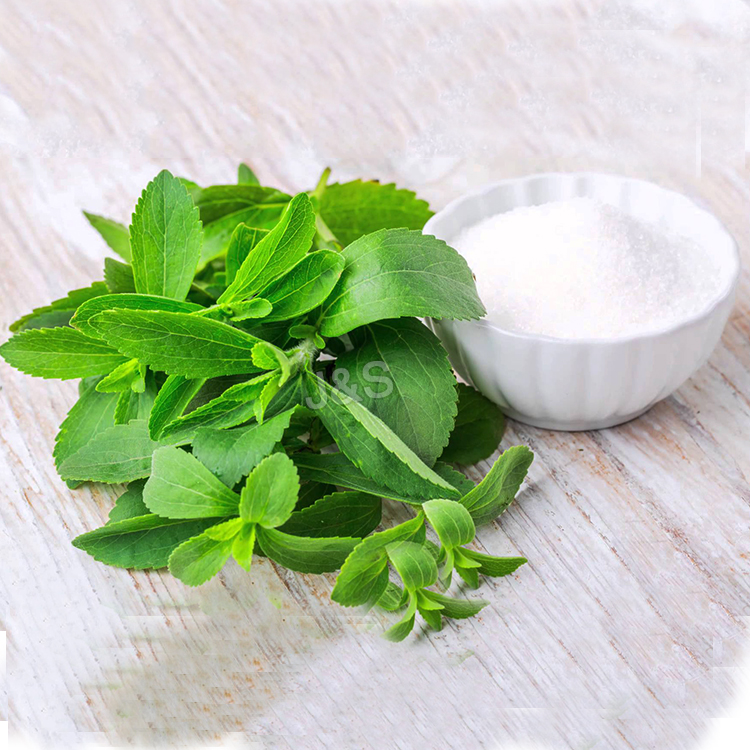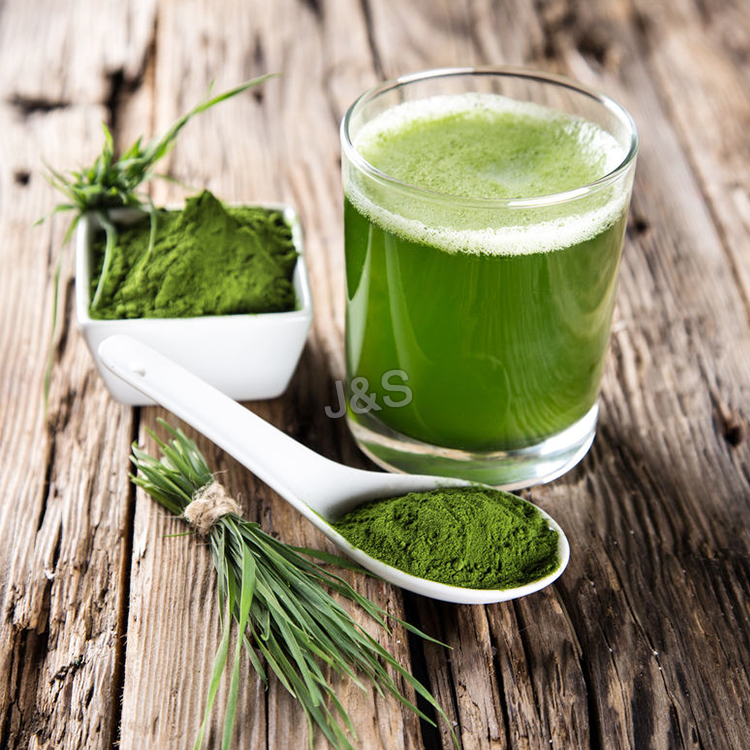Newly Arrival Konjac Gum Powder Factory from Milan
Newly Arrival Konjac Gum Powder Factory from Milan Detail:
[Latin Name] Amorphophallus konjac
[Plant Source] from China
[Specifications] Glucomannan85%-90%
[Appearance] White or cream-color powder
Plant Part Used:Root
[Particle size] 120 Mesh
[Loss on drying] ≤10.0%
[Heavy Metal] ≤10PPM
[Storage] Store in cool & dry area, keep away from the direct light and heat.
[Shelf life] 24 Months
[Package] Packed in paper-drums and two plastic-bags inside.
[Net weight] 25kgs/drum
[Introduction]
Konjac is a plant that is found in China, Japan and Indonesia. The plant is part of the genus Amorphophallus. Typically, it thrives in the warmer regions of Asia.
The extract of the Konjac root is referred to as Glucomannan. Glucomannan is a fiber-like substance traditionally used in food recipes, but now it is utilized as an alternative means of weight loss. Along with this benefit, konjac extract contains other benefits for the rest of the body as well.
The main material of the natural konjac gum is fresh konjac, which grow in virgin forest in Hubei area. We use advanced method to distill the KGM, aminophenol, Ca, Fe, Se which are good for health. Konjac is known as“ the seventh nutriment for human”.
Konjac Gum with its special water holiding capacity, stability, emulsibility, thickening property,suspension property and gel propery can especially adopted in food industry.
[Main Function]
1.It could reduce postprandial glycemia, blood cholesterol and blood pressure.
2.It could control appetite and reduce body weight.
3.It could increase insulin sensitivity.
4.It could control insulin resistant syndrome and diabetesII development.
5.It could reduce heart disease.
[Application]
1) Gelatinizer(jelly, pudding, Cheese, soft candy, jam );
2) Stabilizer(meat, beer);
3) Film Former(capsule, preservative)
4) Water-keeping agent( Baked Foodstuff );
5) Thickener (Konjac Noodles, Konjac Stick, Konjac Slice, Konjac Imitating Food stuff);
6) Adherence agent( Surimi );
7) Foam Stabilizer (ice cream, cream, beer)
Product detail pictures:

Related Product Guide:
Innovation, excellent and reliability are the core values of our firm. These principles today more than ever form the basis of our success as an internationally active mid-size corporation for Newly Arrival Konjac Gum Powder Factory from Milan , The product will supply to all over the world, such as: Bangalore, Lisbon, Thailand, Strict quality control is executed in each link of the whole production process.We sincerely hope to establish the friendly and mutual-beneficial cooperation with you. Based on high quality products and perfect pre-sales /after-sales service is our idea, some clients had cooperated with us for more than 5 years.
Water, Glycerin, Sodium Polyacrylate, 1,2-Hexanediol, Sodium Carbomer, Alcohol, Tartaric Acid, Aluminum Glycinate, Vanillyl Butyl Ether, Titanium Dioxide, Disodium EDTA, Caffeine, Butylene Glycol, Hedera Helix(IVY)Extract, Equisetum Arvense Extract, Ginkgo Biloba Leaf Extract, CI 17200, Phosphatidylcholine
visit my e-catalog : https://www.tradekorea.com/e-catalogue/ankundesu
Genus: Ginkgo
Species: biloba
Family: GINKGOACEAE
Common name: Maidenhair Tree, Ginkgo
Plant type: Deciduous
Origin: South-eastern China
Habit/form:
Traditionally you will find G. biloba categorized with coniferous trees, but it is not a conifer, although it does have a naked seed similar to conifers and cycads (gymnosperm) but that seed is inside a fleshy fruit. The Ginkgo make-up an order of a single family of a single genus and single species.
The Ginkgo seems to be a virtually unchanged plant since its emergence in the Jurassic Period. Fossil evidence shows that the Ginkgo we know of today are the same kinds of Ginkgo growing 180 million years ago.
It is listed as “distinct in the wild”, generally meaning we do not find any naturally growing, all specimens we are aware of are from cultivation. With that being said, there are some masterful old specimens still growing/living in China. A noble subject around monasteries, well respected, fruit is considered a delicacy since ancient times.
G. biloba is a great looking deciduous tree, slender and erect when young aging to a conical dome with good balance of thick trunk/trunks, can have multiple leaders, and main branches, branches can be weighted/heavy and some pendulous habit, younger branches can have a fine-shedding bark. Bark is rough/coarse, textured and grainy, also has a range of furrow depth/grooving, can have transverse lenticles. Bark colour ranging in grey-brown.
Ginkgo can grow up to 40m height and 30m wide, can find ranges of size from as little as 10m height and 13m wide, slow growing, long lived, full sun, protect from strong winds, handles the cold, tolerates some frost, deep moist soils.
Leaves:
A simple, small/handheld fan-shaped leaf, up to 80mm long and 100mm wide, new growth can be yellowish-green, maturing to bright green, and then turning vibrant yellow in Autumn. The leaf is usually as 2 equal lobes, some more pronounced than others, and has a slender petiole up to 100mm long connected to the ends of short lateral spurs. The leaves are held in bundles of 3-5 per spur. The spurs can remain on the branches even after the leaves have fallen off.
Flower:
Dioecious, inconspicuous, catkin-like, green, flowers in Spring, usually obscured by the foliage.
Fruit:
Solitary or paired drupe, obovoid, about 30mm long and wide, pale green ripening to dull yellow/yellow. Can have a terrible odour when ripe. Inside is a single cream ovoid nut about 20mm long. The seeds have been eaten throughout time.
The company can think what our think, the urgency of urgency to act in the interests of our position, can be said this is a responsible company, we had a happy cooperation!
